Properly calibrate lab equipment during maintenance to ensure accurate and reliable results. To obtain trustworthy and reproducible results, follow the steps discussed here. Here’s a step-by-step guide to maximize the potential of your laboratory equipment:
1. Follow Manufacturer Guidelines to calibrate lab equipment
- Read the Manual: Every piece of equipment has a user manual that provides specific maintenance and calibration instructions. Follow the manufacturer’s recommendations for cleaning, operation, and calibration schedules. Labkafe is renowned for its state-of-the-art start, operation and calibration procedures that are provided free of cost to all users along with the user instructions. Use them to calibrate your lab equipment effectively, therefore enabling safe and reliable use.
- Use Approved Supplies: Use only approved cleaning agents, replacement parts, and calibration materials as recommended by the manufacturer. Labkafe provides live demonstrations and maintenance supplementation to all users irrespective of location or purchase value.
2. Regular Cleaning and Inspection
- Clean Equipment After Use: Wipe down surfaces and components regularly to prevent contamination or buildup of residues. Moreover, equipment like microscopes or balances, use lint-free cloths or special cleaning solutions. Labkafe supplies demonstration models and equipment along with maintenance instructions and detailed protocols. They provide demonstrations along with products and services, therefore increasing ease of use.
- Inspect for Wear and Tear: Regularly check for signs of wear, damage, or malfunction. Moreover, look for loose connections, cracks, or frayed wiring, and ensure all moving parts are functioning smoothly. Additionally, Labkafe provides responsible and reproducible after-sales support for all its products free of cost or at nominal charges.
3. Create a schedule to calibrate lab equipment
- Set a Calibration Schedule: Calibrate lab equipment according to a regular schedule, which may vary depending on the instrument’s usage frequency and sensitivity. For example, pH meters and balances, may require more frequent calibration, while others may be done annually or bi-annually. Manufacturers like Labkafe are sure to equip you with the required awareness and requirements that will allow you to prolong the longevity of your purchased products, therefore maximizing your return to investment ratio.
- Use Certified Calibration Standards: To accurately calibrate lab equipment, use certified reference materials or standards to compare the equipment’s output. These standards are traceable to recognized national or international measurement bodies, therefore increasing the quality of data.
- Document Calibration Results: Keep detailed records of all calibration activities, including dates, results, and any corrective actions taken. This ensures traceability and compliance with quality control standards.
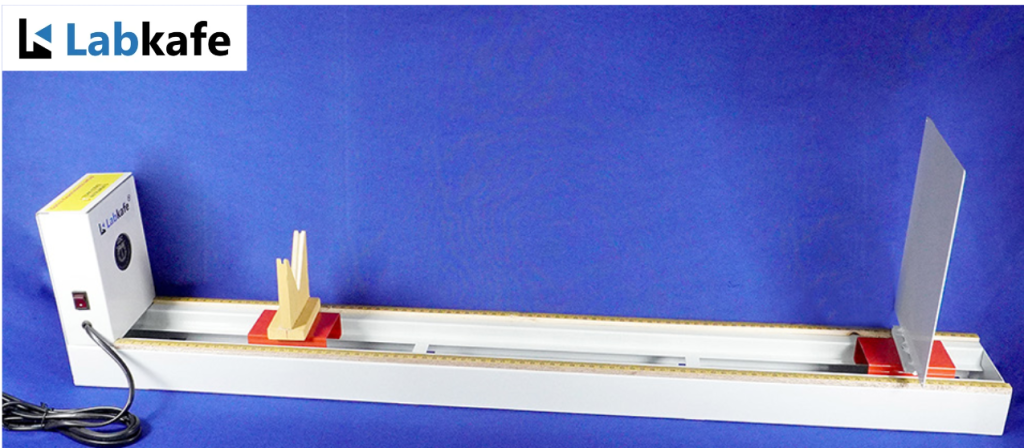
Optical bench by Labkafe. Each setup is carefully calibrated before delivery.
4. Functional Testing
- Run Test Samples: Periodically test equipment using known control samples, therefore ensuring that the instrument is delivering accurate and consistent results.
- Cross-Check Data: Compare test results with previous data to detect any deviations or inconsistencies. Labkafe user manuals will provide you with reproducible calibration standards, thereby allowing you to conduct experiments with remarkable accuracy.
5. Preventive Maintenance
- Lubricate Moving Parts: For equipment with mechanical components regularly lubricate the moving parts as per the manufacturer’s guidance to prevent wear. Examples are centrifuges or stirrers.
- Replace Worn Components: Replace worn or damaged parts promptly to prevent breakdowns. Moreover, components like filters, seals, and gaskets should be changed as part of routine preventive maintenance
- Calibrate After Maintenance: If any repairs or adjustments are made, recalibrate the equipment to ensure it remains accurate.
6. Power and Storage Management
- Protect Against Power Surges: Use surge protectors or uninterruptible power supplies (UPS) for sensitive equipment to protect them from power fluctuations.
- Proper Storage: Store equipment in a clean, dry, and temperature-controlled environment. Moreover, for precision instruments, ensure that they are stored in a way that prevents physical damage or exposure to contaminants. Labkafe provides best-in-class ergonomic, economical and functional laboratory furniture. This will allow you to store large apparatus e.g. optical benches with remarkable ease.
7. Training and User Responsibility
- Train Lab Staff: Train all lab personnel on how to properly use, maintain, and calibrate lab equipment. Misuse of equipment can lead to inaccuracies and damage. Hence, Labkafe dedicates itself to supporting you and your team on your journey of experimentation and learning.
- User Logs: Keep usage logs for critical instruments to track who uses the equipment. Additionally, track whether they clean and calibrate it properly after each use.

Digital balance by Labkafe, calibrated and tested for optimum accuracy
8. Professional Servicing to calibrate lab equipment
- Outsource When Necessary: Professional servicing by qualified technicians is necessary when complex equipment is involved. Examples are spectrometers or chromatography instruments.
- Annual Maintenance Contracts: Consider entering into an annual maintenance contract (AMC) with the manufacturer or an authorized service provider to ensure regular checkups and timely repairs. Labkafe will update such records and provide support quickly whenever required.
Conclusion:
Maintaining and calibrating lab equipment is crucial to ensure it functions optimally and produces accurate results. Following a systematic approach not only improves performance but also reduces downtime and replacement costs.
The right equipment designed to meet educational and research standards can make these processes smoother. Labkafe, a trusted name in school and college lab furniture and equipment manufacturing, designs products with durability and ease of maintenance in mind, making them ideal for long-term use in educational settings.
Contact our Lab Experts today to get a quotation for your school.
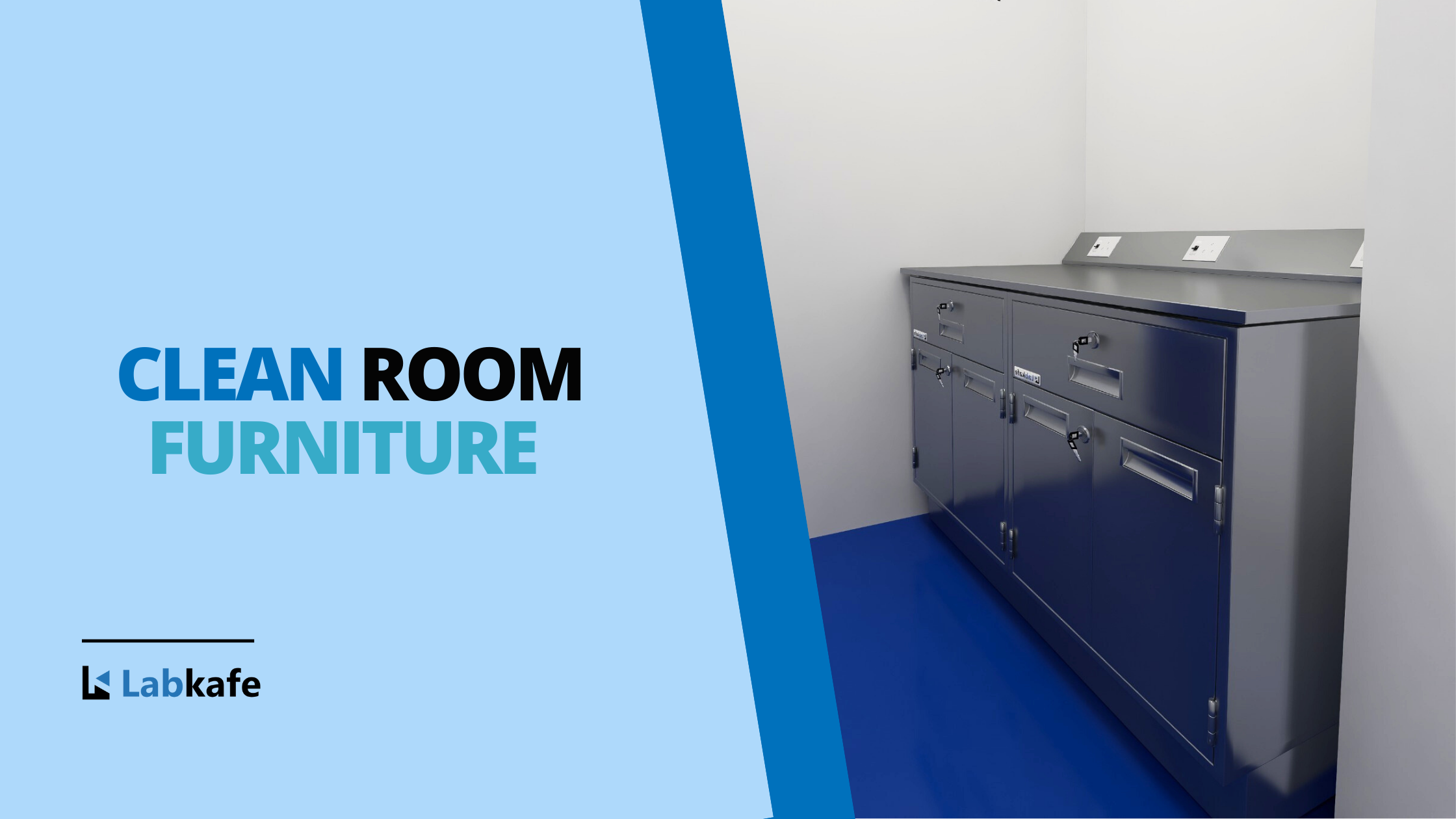
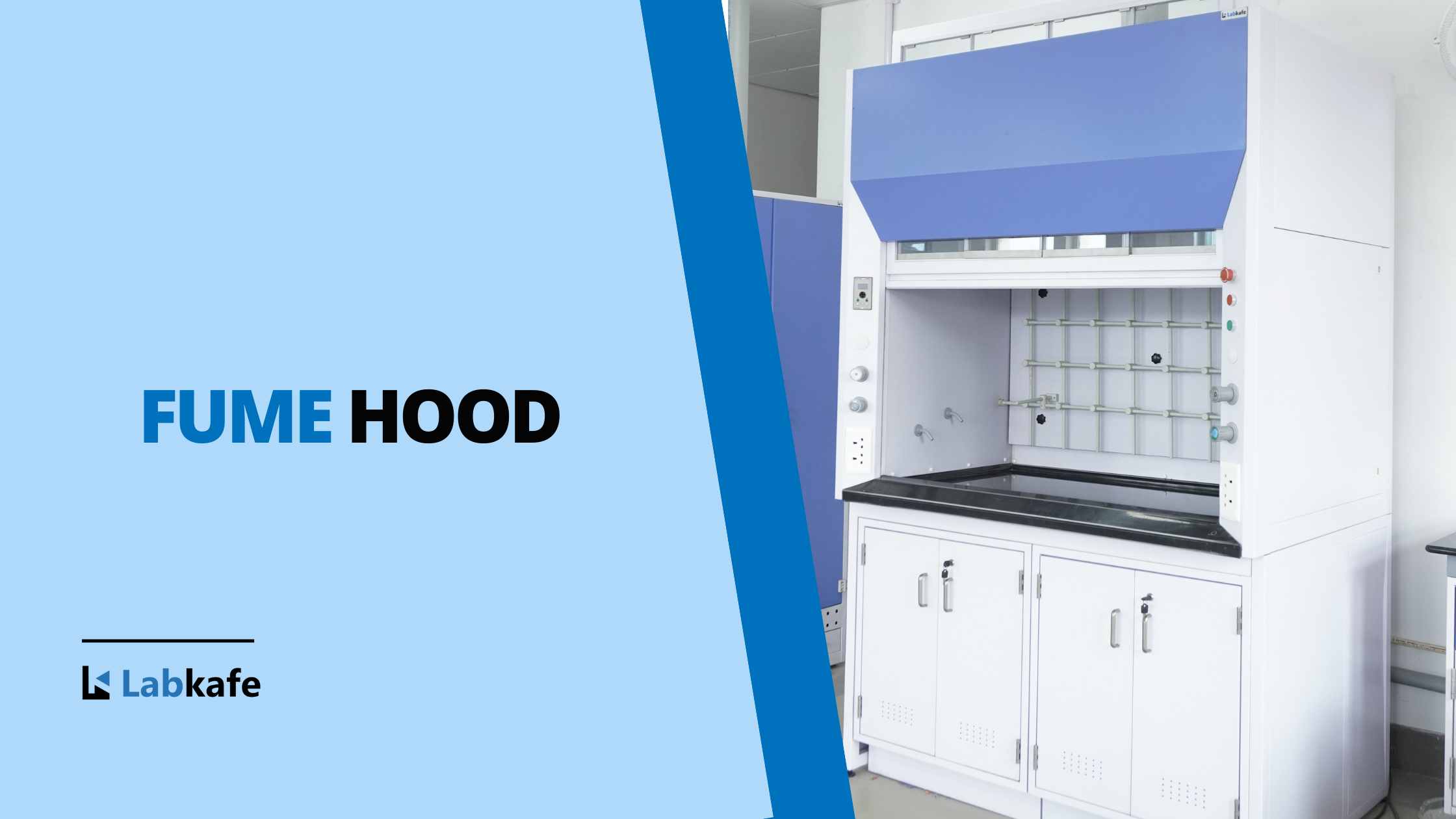
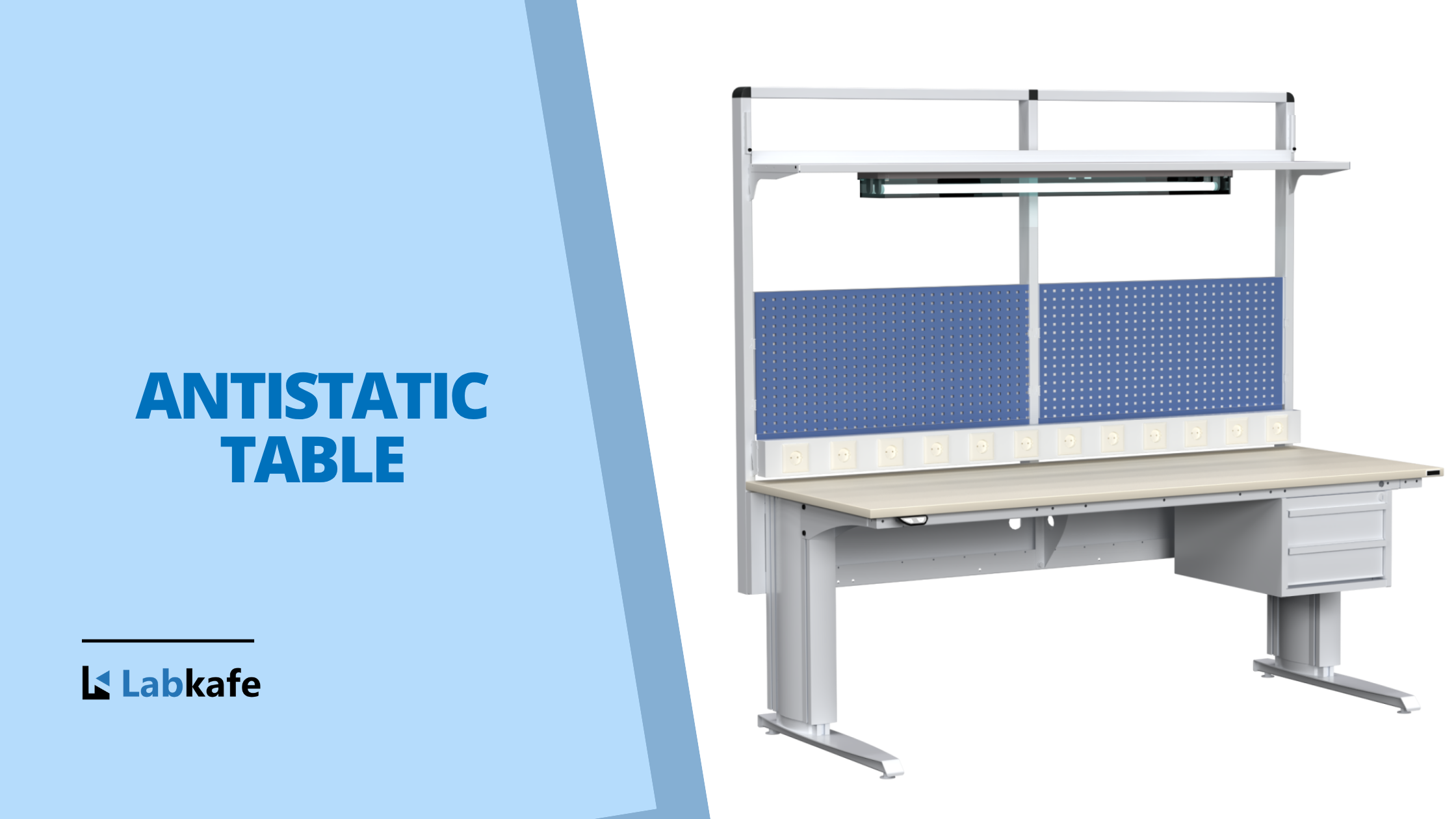
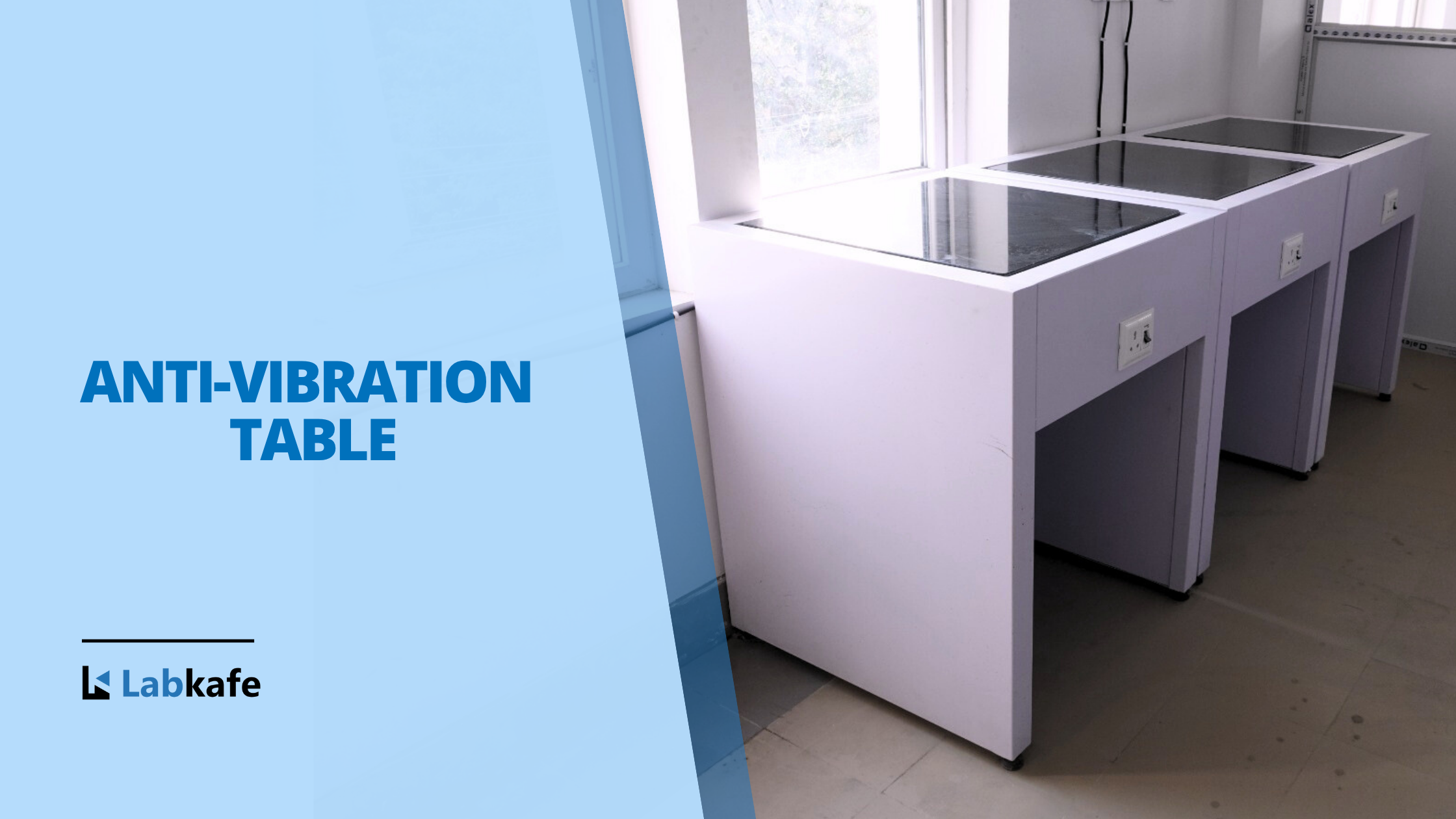
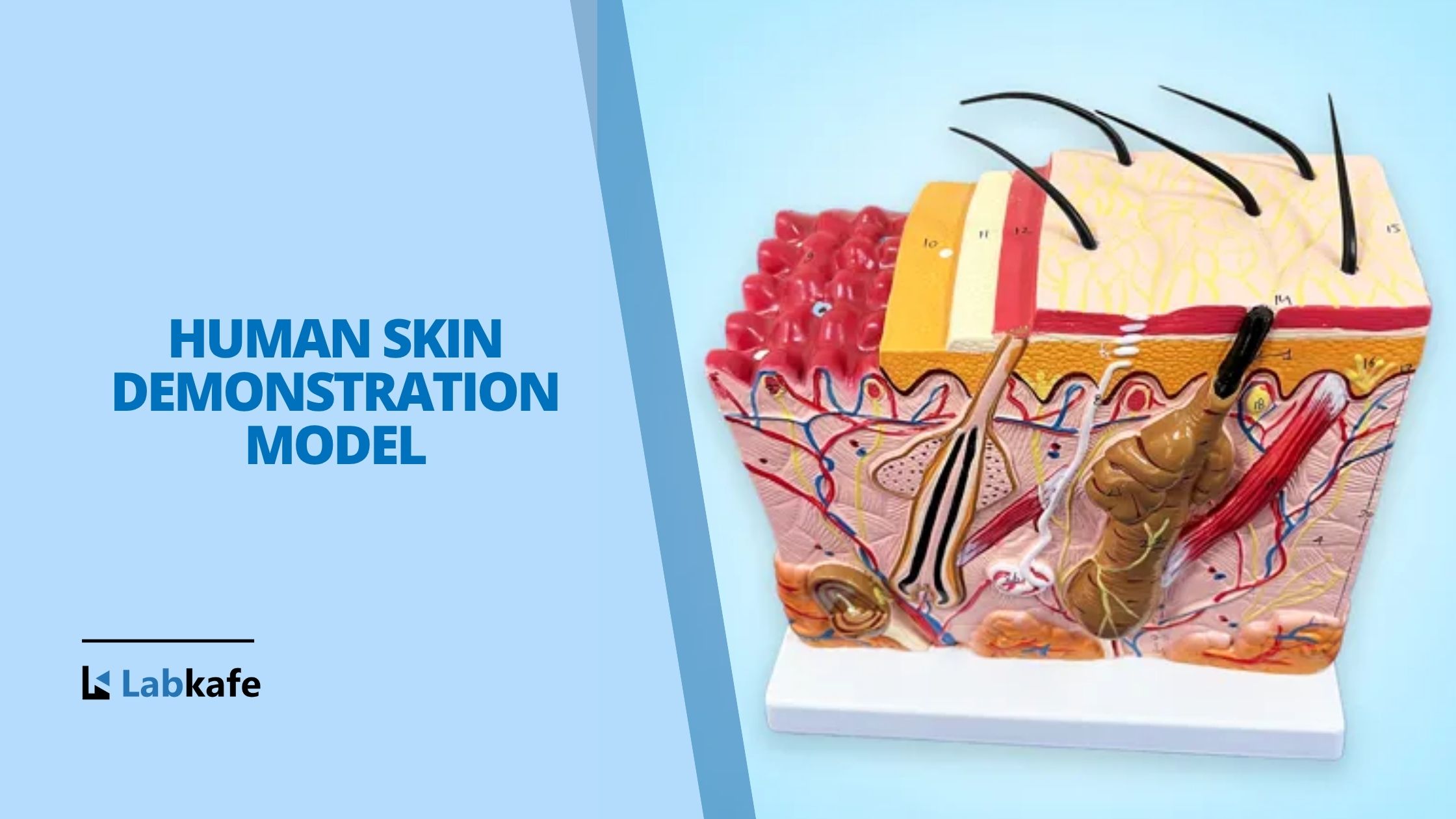
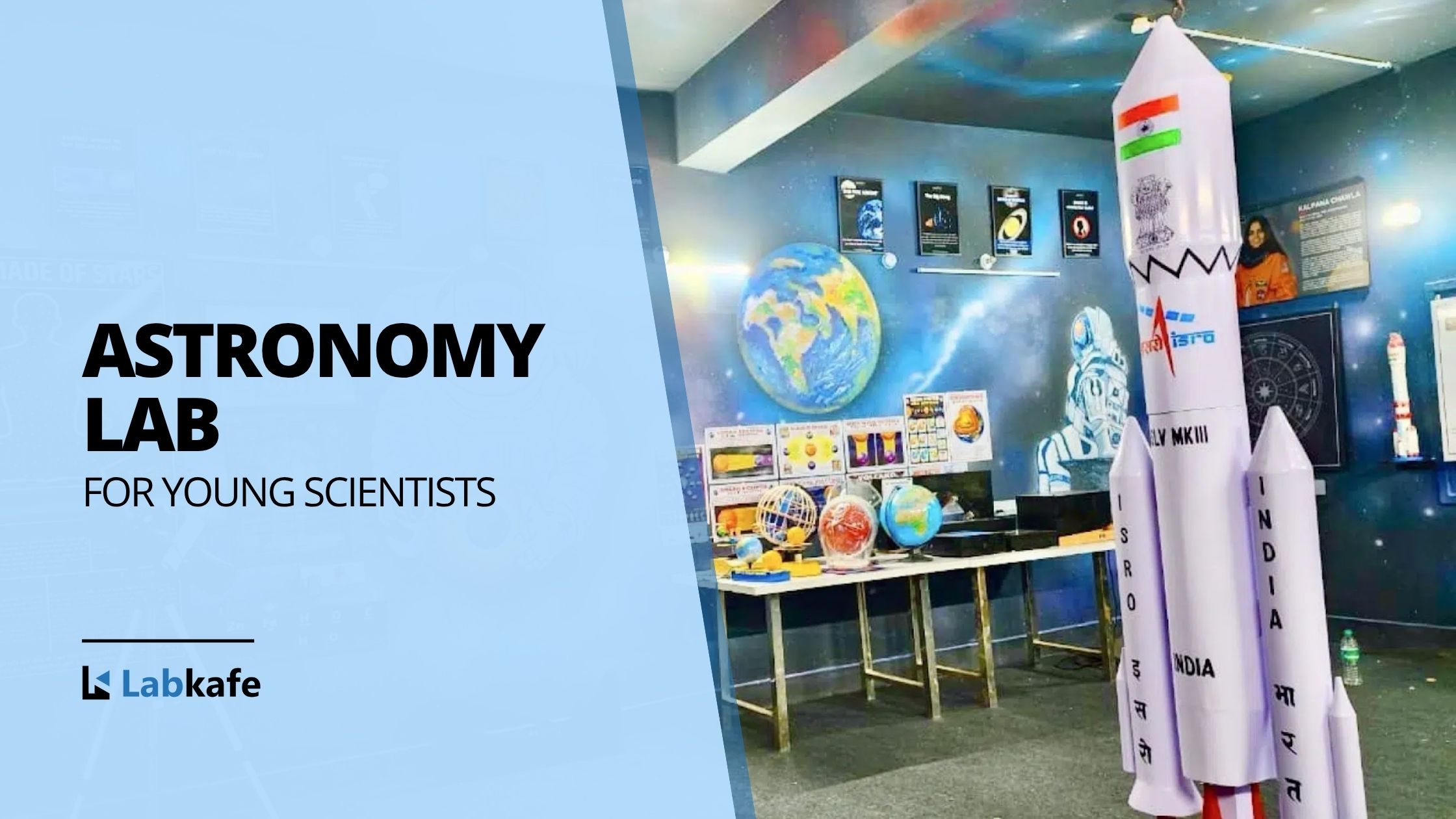
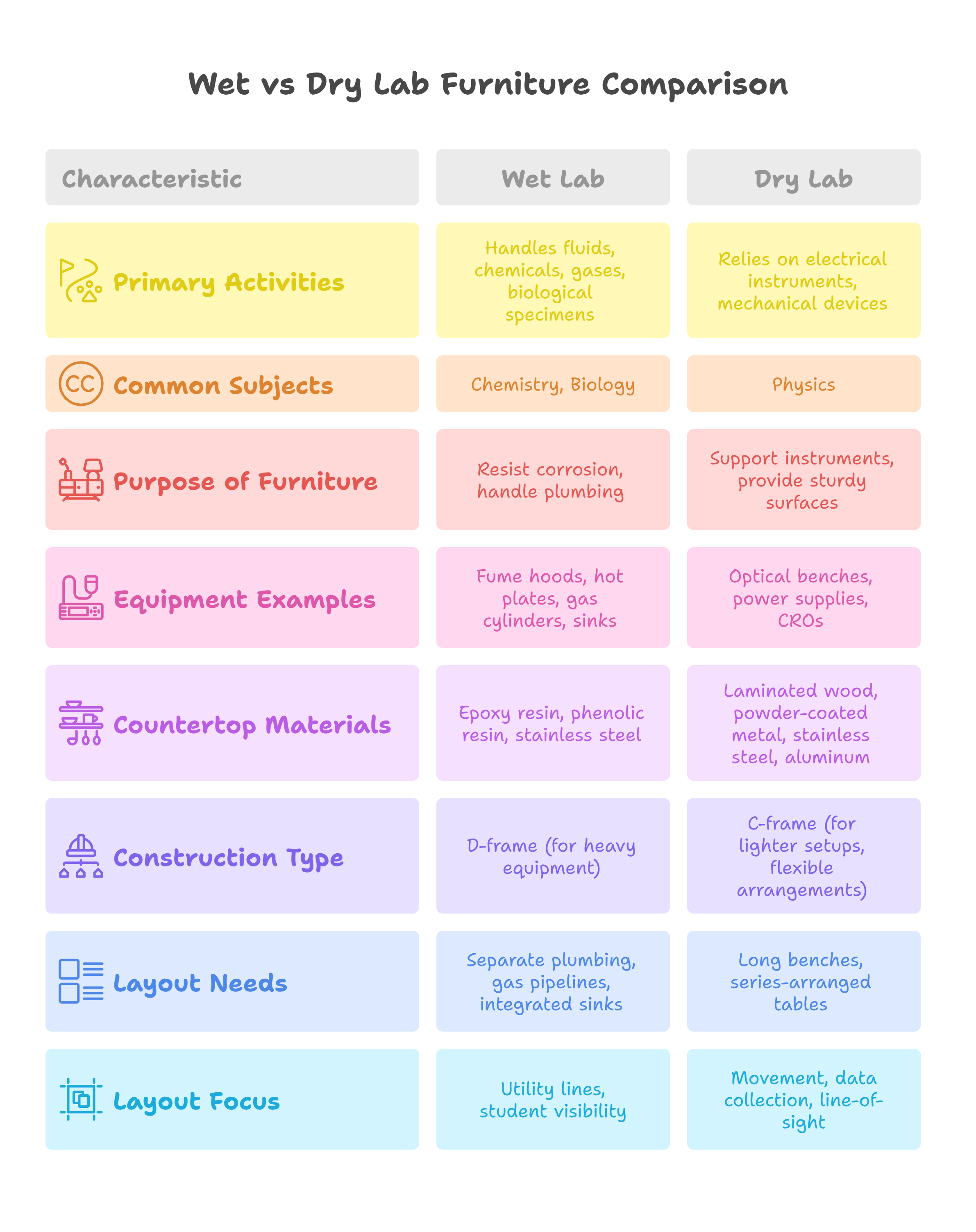
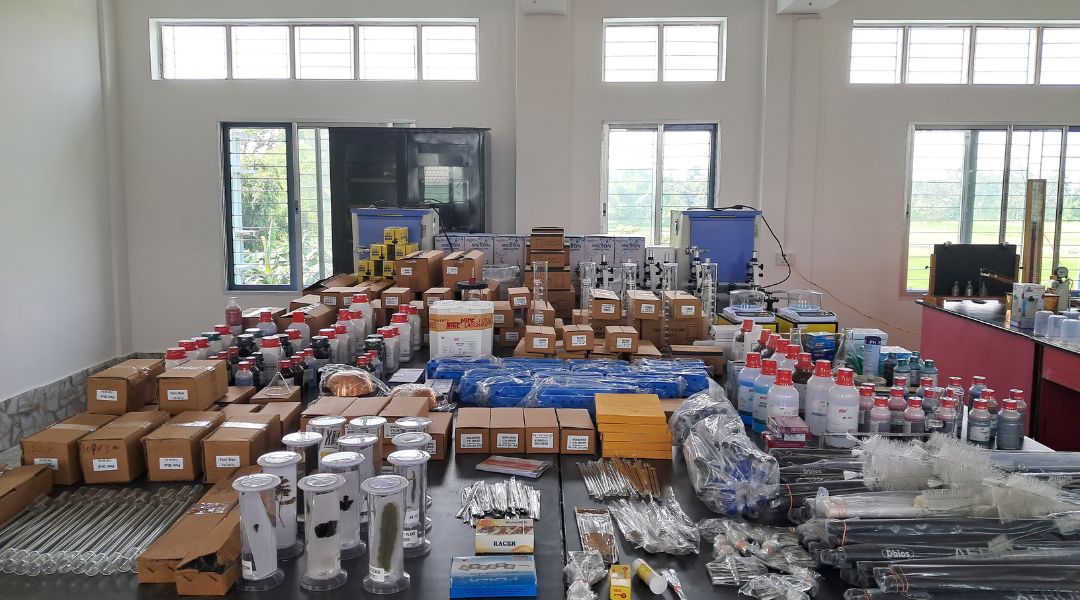
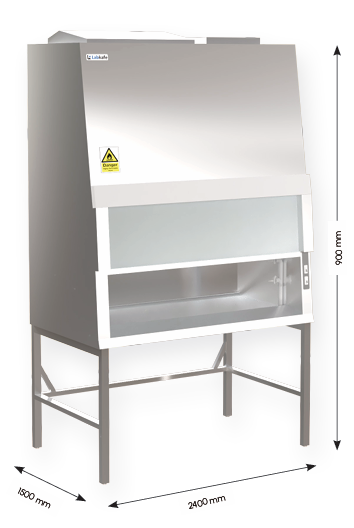
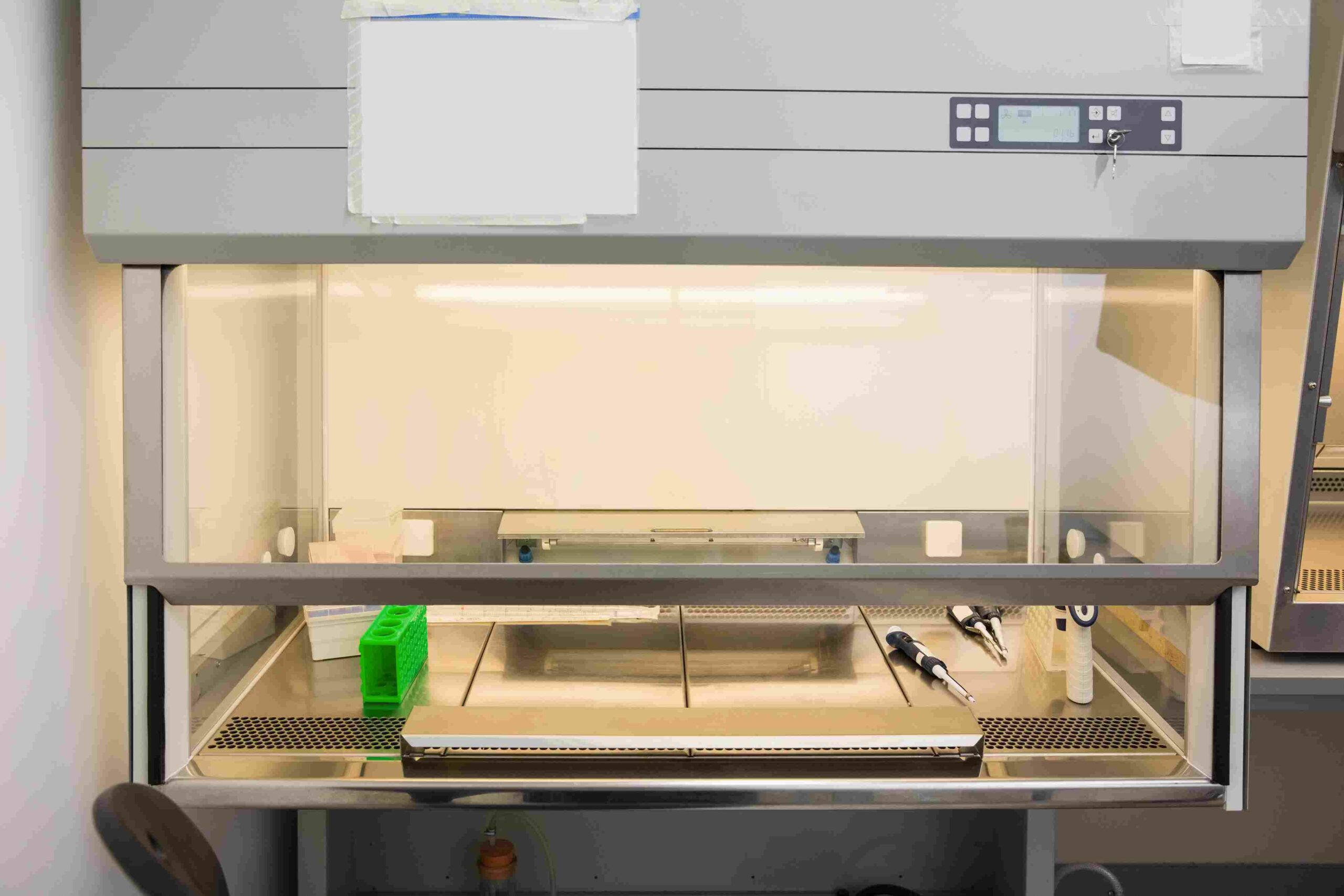
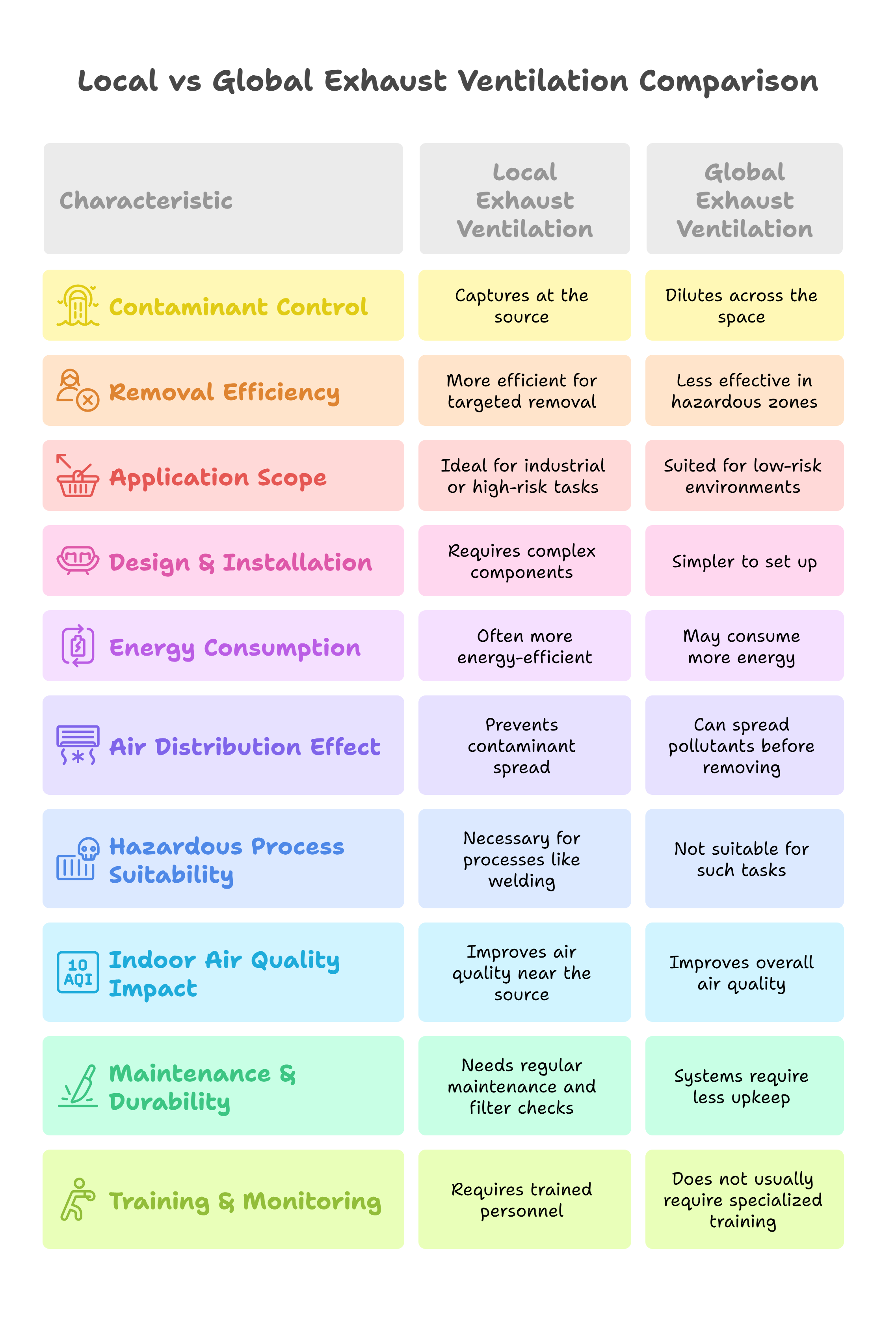
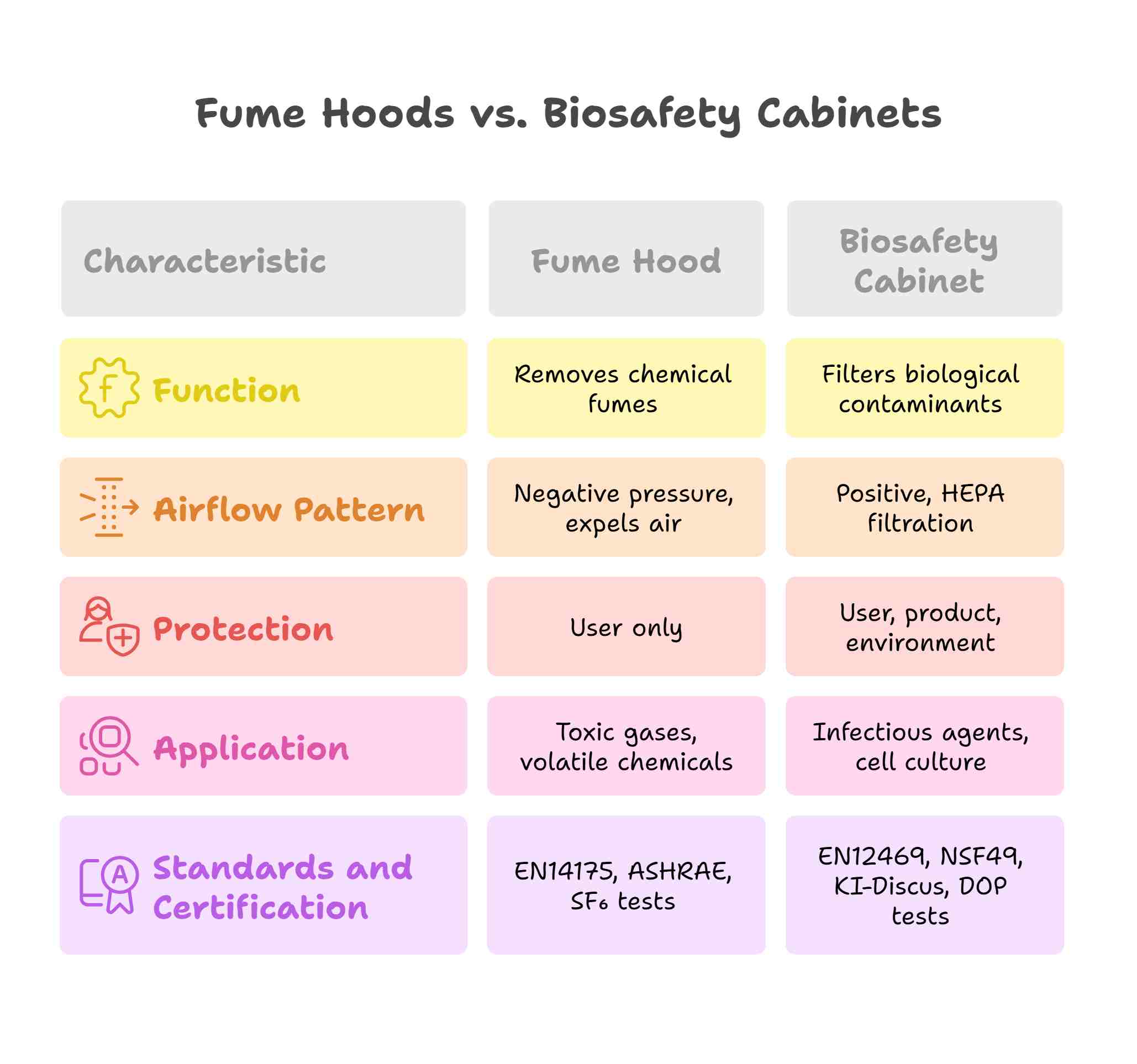
Leave a Reply